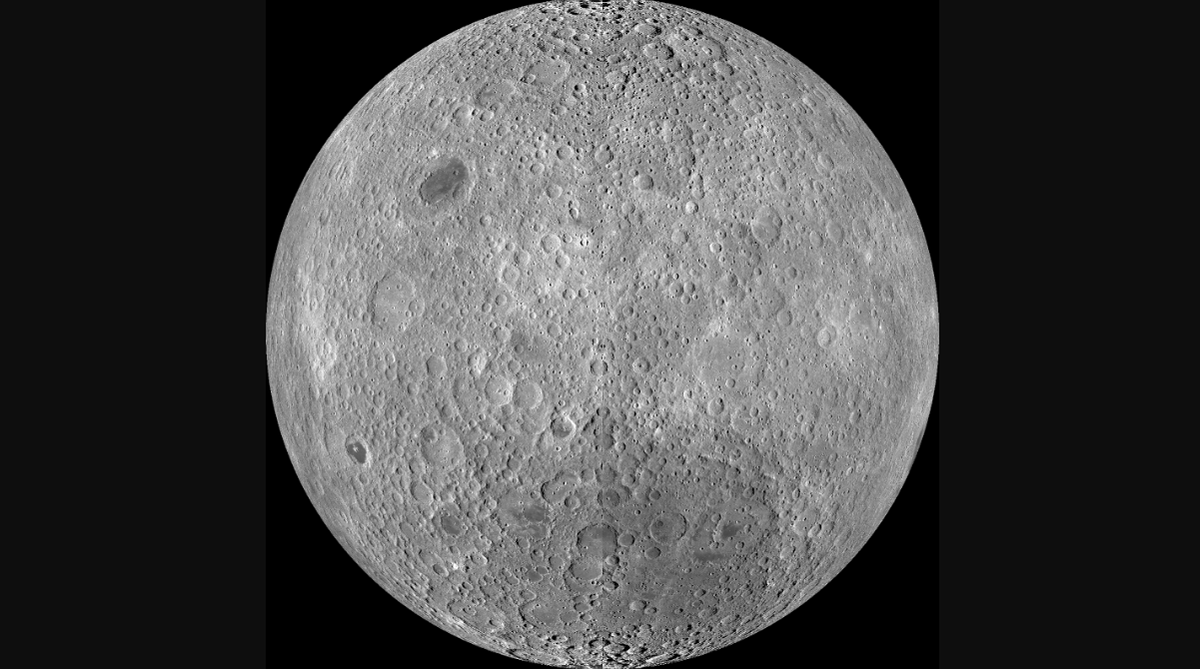Radio telescope on moon's far side will peer into universe's 'Dark Ages' [View all]
By Josh Dinner published about 7 hours ago
The LuSEE-Night pathfinder is scheduled to launch a few years from now.

The far side of the moon, as imaged by NASA's Lunar Reconnaissance Orbiter. (Image credit: NASA/Goddard/Arizona State University)
A few years from now, a small radio telescope on the far side of the moon could help scientists peer into the universe's ancient past.
The moon instrument, called the Lunar Surface Electromagnetics Experiment-Night (LuSEE-Night), is a pathfinder being developed by the U.S. Department of Energy's Brookhaven and Lawrence Berkeley National Laboratories, the Space Science Laboratory at the University of California, Berkeley, and NASA's Science Mission Directorate.
LuSEE-Night is currently scheduled to launch on a private robotic lunar lander in late 2025. After it touches down on the moon's far side, it will attempt to gather first-of-their-kind measurements from the "Dark Ages" of the universe.
The Dark Ages refers to a time in the early universe, between about 400,000 and 400 million years after the Big Bang, before stars and galaxies began to fully form. From the far side of the moon, LuSEE-Night will use onboard antennas, radio receivers and a spectrometer to measure faint radio waves from the Dark Ages, in search of what scientists are calling the Dark Ages Signal.
More:
https://www.space.com/moon-far-side-telescope-universe-dark-ages?utm_source=notification
